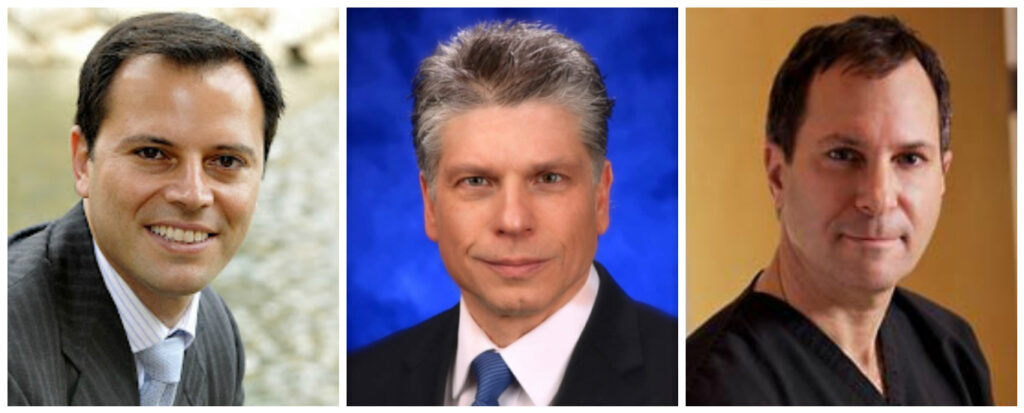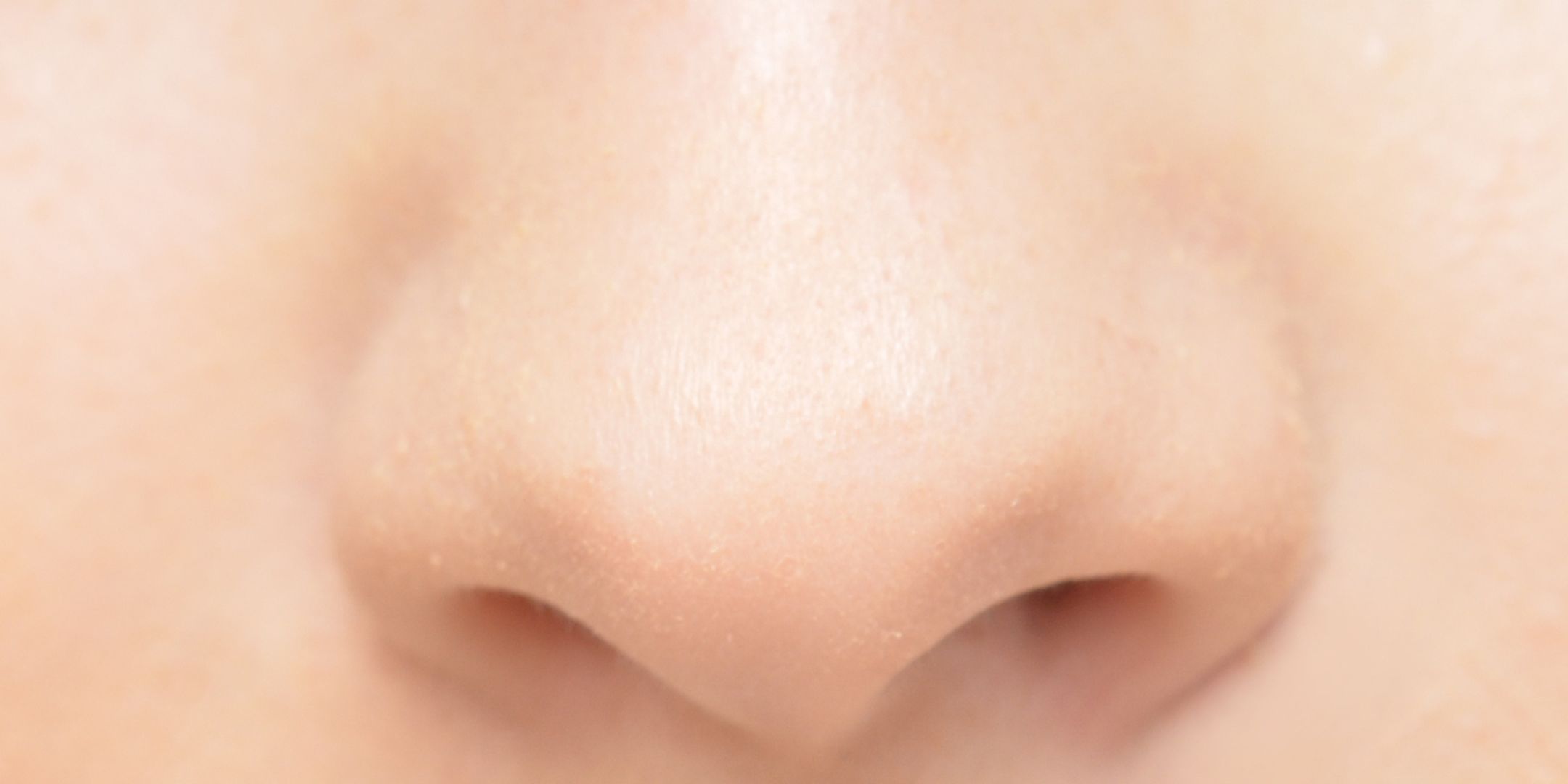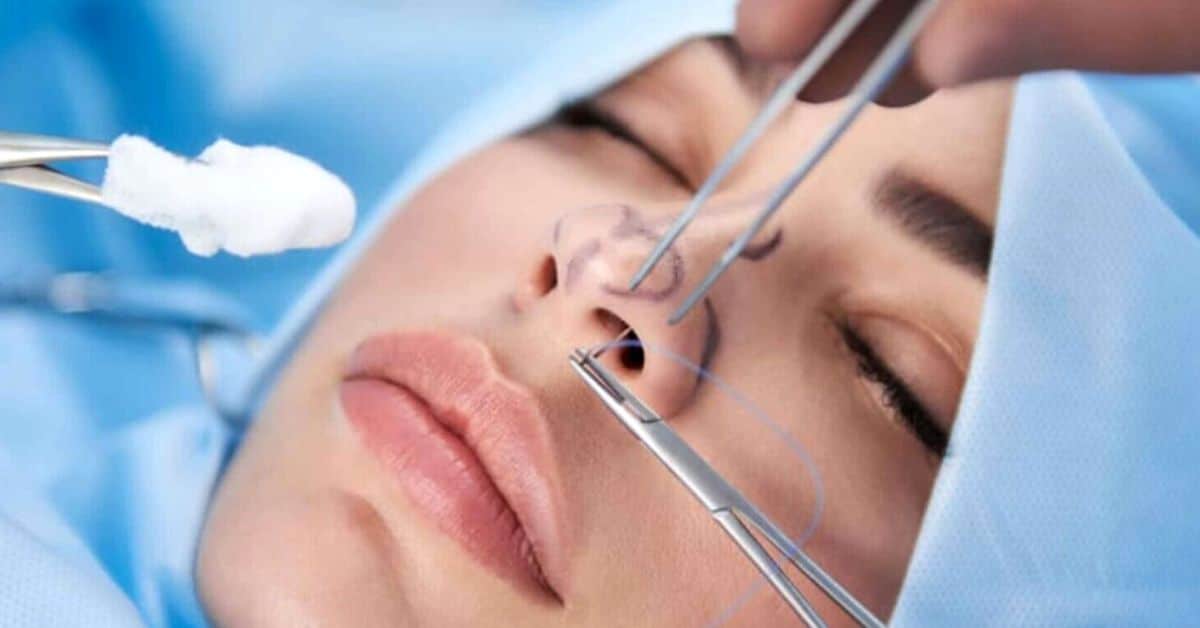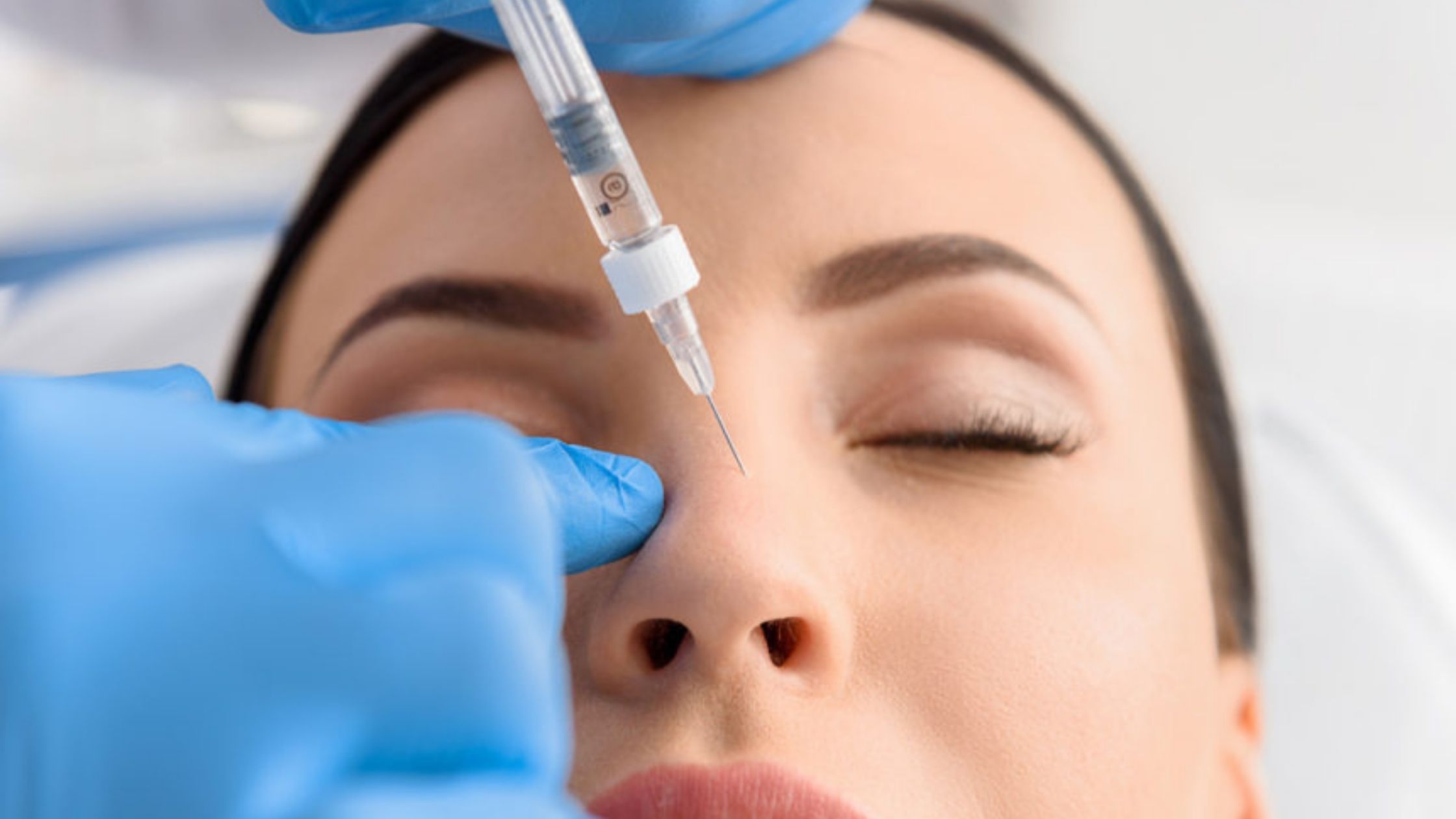This fall hundreds of facial plastic surgeons gathered in Nashville, Tennessee for the American Academy of Facial Plastic and Reconstructive Surgery’s annual meeting, during which they discussed cutting-edge facial rejuvenation research and techniques.
Zwivel’s Susan Hornik asked AAFPRS participants for their thoughts on one of the industry’s most exciting new trends – non-surgical rhinoplasty.

What is non-surgical rhinoplasty?
Facial plastic surgeon and AAFPRS president Dr. Fred Fedok describes non-surgical rhinoplasty as a “rather simple” concept. “One can consider the appearance of the nose to be made up of the various contours that we recognize, based on a pattern of convexities and concavities,” he says.
In the past, these issues were often addressed by inserting small grafts of tissue through an incision. Synthetic fillers are now being used to achieve the same results without surgery.
“For nasal deformities that are recognized by the absence of a certain convexity or fullness, injectable fillers have become fairly popular. Off-the-shelf fillers have made the process much easier, allowing surgeons to inject a localized volume of the substance into the nose with a needle. It isn’t foolproof or without hazard, but various areas of the nasal dorsum and tip can be effectively treated.”
Off-the-shelf fillers have made the process much easier, allowing surgeons to inject a localized volume of the substance into the nose with a needle.
Dr. Fred Fedok
“The use of various fillers substances to change the contours of the nose is a new tool in the discipline of rhinoplasty,” says Fedok. “Mild to moderate deformities of the nose traditionally would have necessitated a patient to be taken to the operating room and placed under anesthesia. These problems can now be remedied by a much simpler in-office procedure. It’s quite analogous to having your lips augmented with one of these off-the-shelf filler substances.”
What are the pros and cons?
AAFPRS co-chair an Newport Beach facial plastic surgeon Dr. Rami K. Batniji also sees non-surgical rhinoplasty as a significant breakthrough in facial plastic surgery.
“Thanks to non-surgical corrections with injectable fillers, nose job techniques are becoming more reliable and predictable,” says Dr. Batnij. “Hyaluronic acid fillers are most commonly used because they are soft, they can last close to two years in the nose, and are reversible if need be. Savvy facial plastic surgeons are learning how to best combine available non-invasive technologies to achieve results that are closer to what could only be achieved through surgery in the past.”
Savvy facial plastic surgeons are learning how to best combine available non-invasive technologies to achieve results that are closer to what could only be achieved through surgery in the past.
Dr. Rami K. Batniji
“It’s a simple, in-office procedure with no downtime,” says Dr. Batniji. “Before, the only option we had was surgery. Surgical rhinoplasty is still a wonderful procedure, but the patient who undergoes it must usually take a fair amount of time off from work, school and social obligations to recover. Non-surgical rhinoplasty provides the opportunity to change the appearance of the nose, without those drawbacks.”
Still, there are some downsides to the procedure, acknowledges Dr. Batniji. “It’s not a great way to achieve definition to the tip of the nose, and won’t address functional issues such as nasal obstruction. It’s not as long term as the surgical option, either.”
Other considerations Dr. Batniji notes are the risks of compromising blood supply to the nose, as well as possible swelling, bruising and infection. However, the same can be said about filler injections to all areas of the face. “Risks are significantly minimized when the procedure is performed by a specialist who is familiar with the anatomy of the nose, ” says Dr. Batniji. “That specialist will be able to determine where filler can be safely placed to achieve the desired aesthetic result. The injector should also know what to do if a patient does develop signs and symptoms of vascular compromise. For example, one can use an enzyme called hyaluronidase to dissolve the filler if there is such a concern.”
The future of rhinoplasty
“Non-surgical rhinoplasty is being driven primarily by patients who are looking for natural results, and not the overdone rhinoplasties of the 1970’s and 80’s,” says Beverly Hills surgeon Dr. Kenneth Steinsapir. “Training in rhinoplasty is not as thorough as one might think. Rhinoplasty is primarily practiced by general plastic surgeons and otolaryngologists. However, only surgeons who do advanced fellowship training get the in-depth training needed to perform rhinoplasty.”
Training in rhinoplasty is not as thorough as one might think. Rhinoplasty is primarily practiced by general plastic surgeons and otolaryngologists. However, only surgeons who do advanced fellowship training get the in-depth training needed to perform rhinoplasty.
Dr. Kenneth Steinsapir
“Even today, general plastic surgeons finish plastic surgery residencies having performed one or two rhinoplasties if they are lucky,” says the veteran doctor. “That means when they hang out their shingle, they struggle to figure out how to perform rhinoplasty—not an easy task. This can lead to less than ideal results. In contrast, an otolaryngologist finishing a fellowship in facial plastic surgery will have done approximately 40 rhinoplasties. While that number may not seem high, it makes a significant difference. This difference in training is not well appreciated by the public.”
Steinsapir believes we are already seeing the future of rhinoplasty. “Facial plastic surgeons are receiving more advanced training, so we are seeing much more natural results, and hyaluronic acid fillers are providing a non-surgical approach for improving nasal contours with no downtime.”
Still, it’s still important to choose these services carefully. “Make sure that your potential surgeon can show you many before and after images demonstrating what you are looking for,” recommends Dr. Steinsapir, “but take the computer-generated 3-D images of the potential outcome of surgery with a grain of salt. Despite best intentions, the computer modeling is not a guarantee of how you will do.”
According to the AAFPRS, “specialization in medicine has been one of the major enhancements in patient care over the last generation.” Whether you’re interested in surgical rhinoplasty or non-invasive procedures, seek out a surgeon who is board certified in the correct field of practice. In the case of rhinoplasty, that area of expertise is facial plastic surgery.









